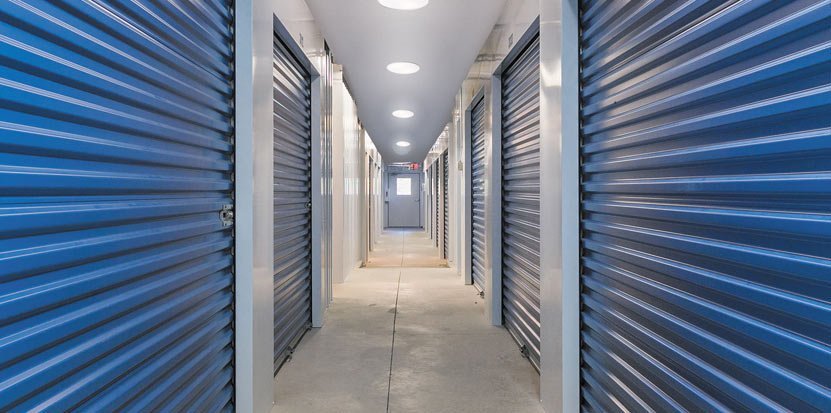The self-storage business, which began to take root in the mid to late 1970s, started as a cottage industry primarily developed by smaller mom-and-pop entrepreneurial developers. The low barrier to entry and reasonably small capital outlay—compared to other product types such as retail, office or apartment developments—has allowed individual self-storage developers to flourish. Self-storage has blossomed into a product type and investment vehicle that is becoming more sophisticated and much more widely accepted. There are now over 50,000 self-storage facilities nationwide. Numerous real estate investment trusts (REITS) and other institutional investors own and are developing thousands of self-storage units across the country. While it may not be a glamorous business, self-storage has proven to be a prosperous enterprise for many. The REITs and other funds have driven cap rates down to below 6% in many cases. Even with companies like Public Storage, StorageMart, U-Haul and others heavily investing in self-storage, the large majority of owners are still smaller individual operators.
This asset class has proven to be fairly recession-resistant. There are many life events that feed the demand for storage in addition to generational trends, such as downsizing by baby boomers, and a move toward smaller urban living units for millennials. Living in reduced square footage requires storage for items people may need someday or are just not ready to part with, or items for which they simply do not have room.
Self-storage facilities have historically resembled light industrial buildings, originally referred to as mini-warehouses, so city planners tend to want to locate them in industrial and warehouse districts. However, the ideal location for these facilities from a business perspective is in commercial areas that support the surrounding residential and business customers. Many of the newer storage facilities today are multi-story, climate-controlled buildings that look more like office or retail buildings from the exterior, consequently fitting into the aesthetic desired in commercial areas. We are also seeing empty big box stores and mall properties around the country being converted to self-storage facilities.
Data for the self-storage industry is not as well organized or available as that for other market sectors, but the Self-Storage Almanac does provide some national and regional data. It indicates that occupancies on a national level have increased over the past five years from approximately 82% in 2011, to about 92% in late 2016. While over that same time period, occupancies in the Midwest have gone from 82% to about 90%. The Almanac shows there are 291 facilities in Nebraska containing over 15 million square feet. The national average for storage space is 6.82 square feet per person, while in Nebraska that average is 8.03. Measuring occupancy rates, rental rates and other data on a local level, which is available in other asset classes, requires hands-on shopping of the competition. There is no organized data repository. For Omaha or Lincoln, individual owners and managers may know their own supply and demand and profitability indicators but have no readily available source of information on how the rest of the market is doing.
In Omaha, construction of self-storage has increased over the past few years as vacancies have dropped and interest rates have been low. There are a number of new projects underway around the Omaha area. There are two new projects at 180th and Harrison Street, one at 192nd and Harrison and one at 180th and Q Street. The former K-Mart stores at 50th and L Street and 144th and Q Street are being converted to self-storage as well as the former Shopko at 90th & Fort Street.
According to Geoff McGregor of McGregor Interests, who has been involved locally in the self-storage business for many years, there are some areas of the city that are overbuilt but other areas have room for additional units. Over the past few years StorageMart, Public Storage and U-Haul have all acquired properties in Omaha. Geoff said these national businesses tend to drive rental rates up. They have more sophisticated marketing and pricing technology that will adjust to market conditions much more quickly than most mom-and-pop-operated projects can. However, the Nebraska Self Storage Association recently sponsored lien law legislation to more clearly define a landlord’s requirement with regard to how a landlord handles a defaulting tenant’s personal property if they fail to pay or abandon their unit. This now provides a clear-cut process for operators in Nebraska to deal with defaulting tenants or tenants who simply abandon their property in the storage unit.

